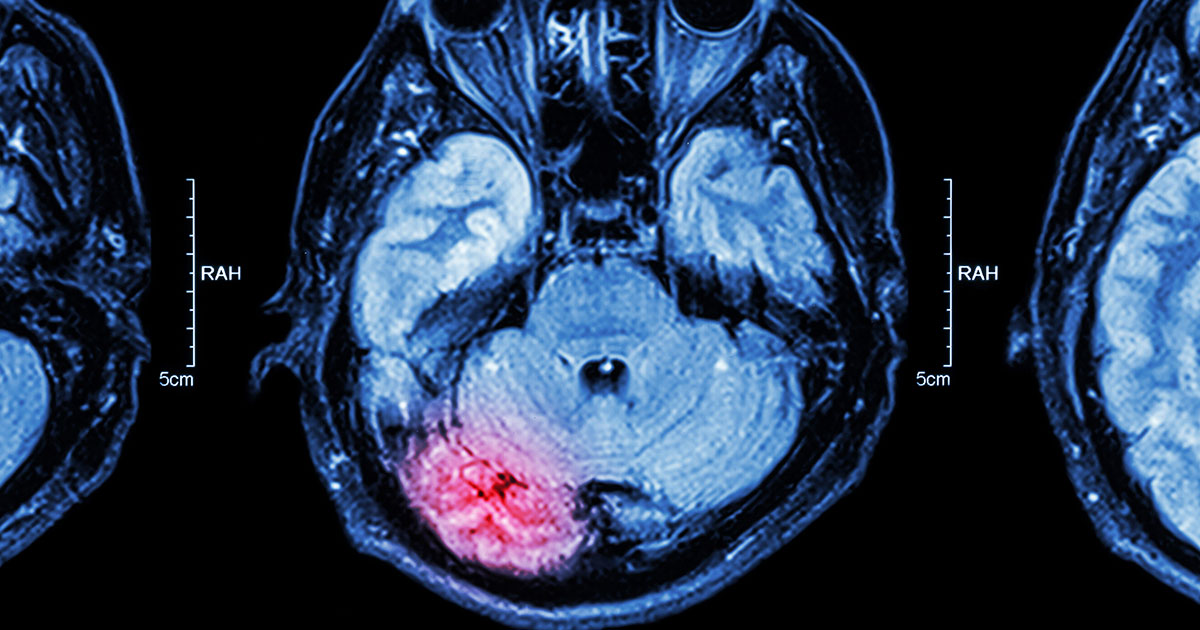Traumatic Brain Injury: Complications and Outcomes of Precision Medicine
A special issue of Journal of Personalized Medicine (ISSN 2075-4426). This special issue belongs to the section "Personalized Therapy in Clinical Medicine".
Deadline for manuscript submissions: 31 May 2026 | Viewed by 2390

Special Issue Editor
Interests: neurosurgery; spine surgery; systematic review; meta-analysis; traumatic brain injury; biostatistics
Special Issue Information
Dear Colleagues,
Traumatic brain injury is a serious and heterogeneous disorder in which external forces cause damage to the brain. It is characterized by high morbidity and mortality rates and a significant economic burden.
Currently, the treatment of traumatic brain injury is guided by the severity of symptoms and radiologic diagnosis based on the computed tomography of the head. However, the recent evidence shows that several additional factors such as genetic factors, radiologic predictors and the timing of therapy initiation are associated with a better outcome.
This Special Issue focuses on describing personalized predictors, effect mediators and modifiers from different areas that could contribute to improving patient outcomes in traumatic brain injury. We invite you to submit relevant original research and state-of-the-art reviews or other related contributions.
Dr. Alexandros G. Brotis
Guest Editor
Manuscript Submission Information
Manuscripts should be submitted online at www.mdpi.com by registering and logging in to this website. Once you are registered, click here to go to the submission form. Manuscripts can be submitted until the deadline. All submissions that pass pre-check are peer-reviewed. Accepted papers will be published continuously in the journal (as soon as accepted) and will be listed together on the special issue website. Research articles, review articles as well as short communications are invited. For planned papers, a title and short abstract (about 100 words) can be sent to the Editorial Office for announcement on this website.
Submitted manuscripts should not have been published previously, nor be under consideration for publication elsewhere (except conference proceedings papers). All manuscripts are thoroughly refereed through a single-blind peer-review process. A guide for authors and other relevant information for submission of manuscripts is available on the Instructions for Authors page. Journal of Personalized Medicine is an international peer-reviewed open access monthly journal published by MDPI.
Please visit the Instructions for Authors page before submitting a manuscript. The Article Processing Charge (APC) for publication in this open access journal is 2600 CHF (Swiss Francs). Submitted papers should be well formatted and use good English. Authors may use MDPI's English editing service prior to publication or during author revisions.
Keywords
- biomarkers
- genetic polymorphisms
- neuromonitoring
- neuroradiology
- microbiome
Benefits of Publishing in a Special Issue
- Ease of navigation: Grouping papers by topic helps scholars navigate broad scope journals more efficiently.
- Greater discoverability: Special Issues support the reach and impact of scientific research. Articles in Special Issues are more discoverable and cited more frequently.
- Expansion of research network: Special Issues facilitate connections among authors, fostering scientific collaborations.
- External promotion: Articles in Special Issues are often promoted through the journal's social media, increasing their visibility.
- Reprint: MDPI Books provides the opportunity to republish successful Special Issues in book format, both online and in print.
Further information on MDPI's Special Issue policies can be found here.





